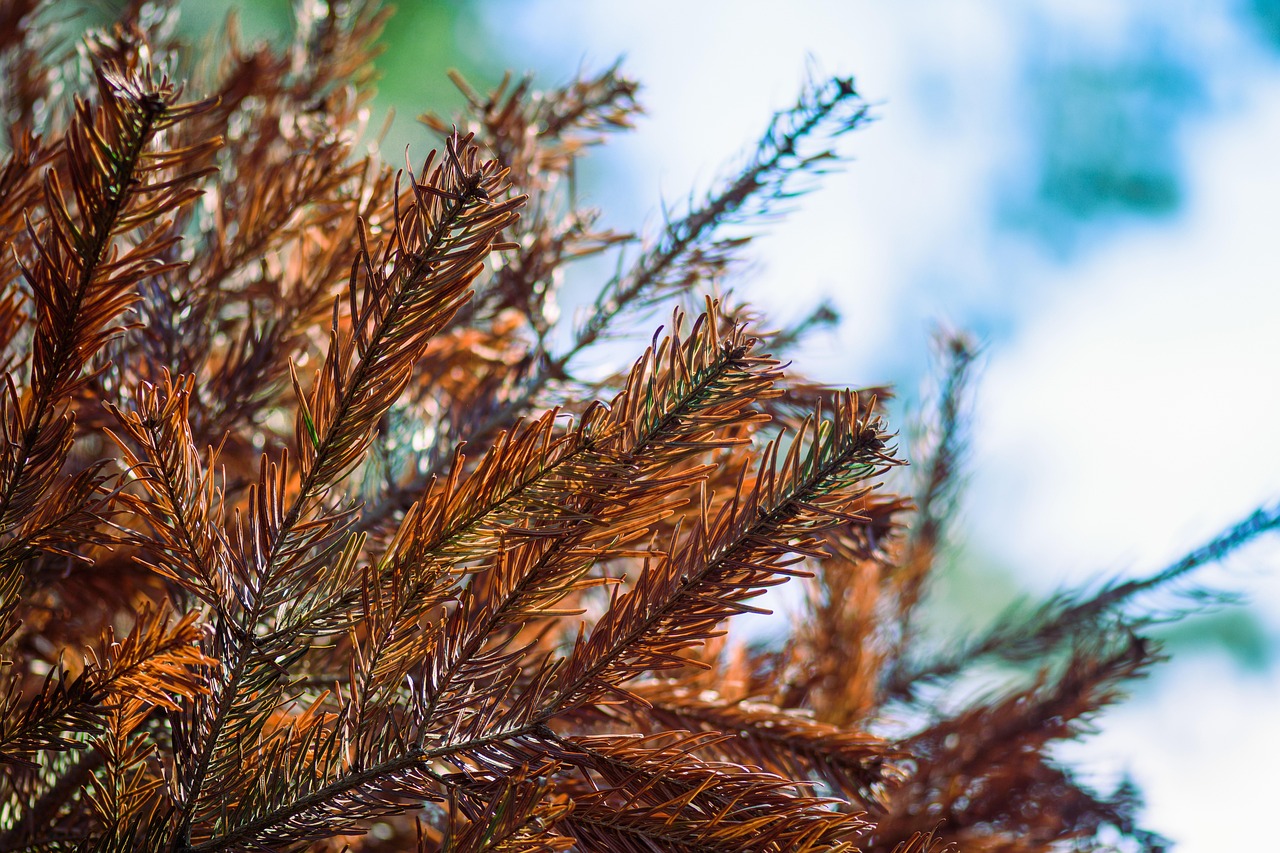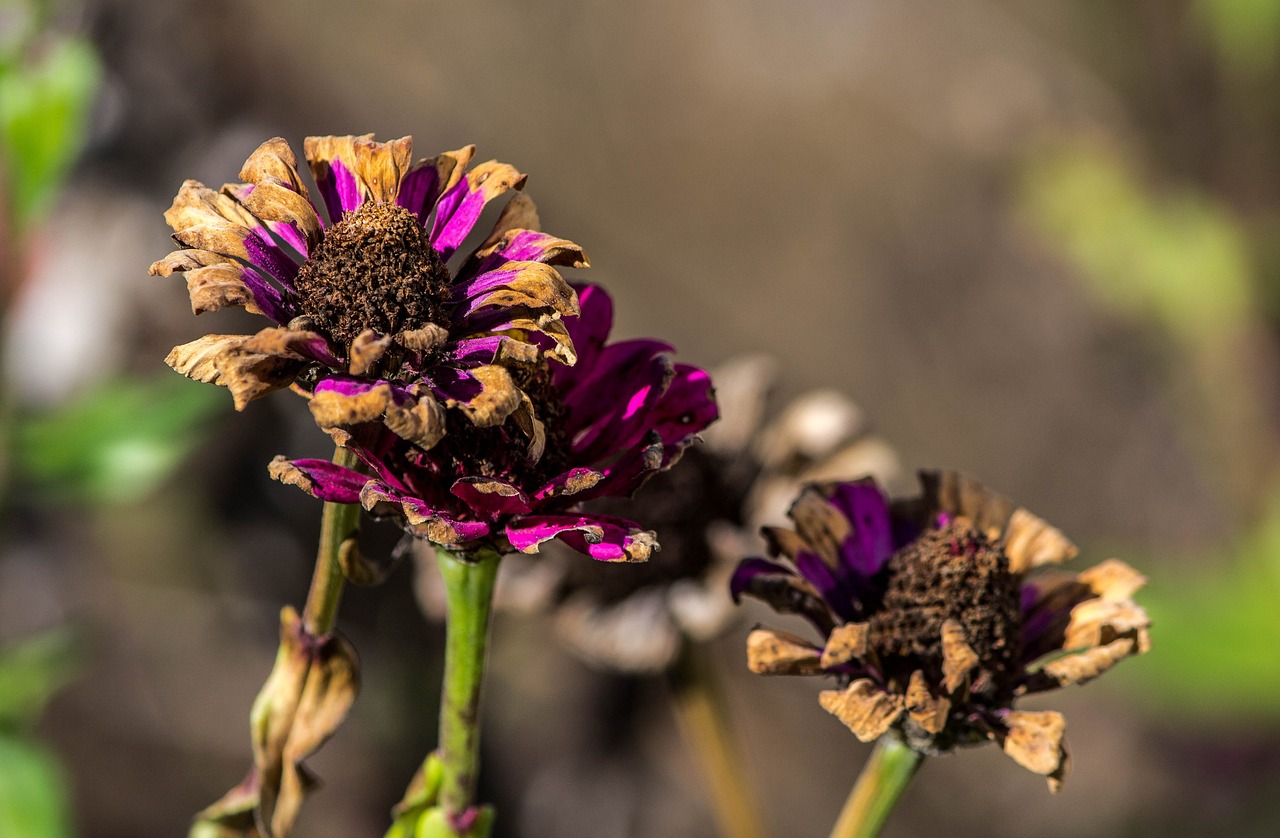Signs of a dying elm tree include wilting leaves, premature leaf drop, and visible bark damage. Additionally, a tree may exhibit stunted growth or produce fewer flowers and seeds. Early identification is crucial for intervention, which may involve treatment options or removal to prevent the spread of disease.
Elm trees are majestic and beloved for their broad canopies and strong wood. They can be found in many urban and rural landscapes, providing shade and enhancing the beauty of the environment. However, these trees are susceptible to various diseases and pests that can threaten their health. Understanding the signs of a dying elm tree is essential for any homeowner or arborist looking to maintain their tree’s vitality.
Among the most common threats to elm trees are the Dutch elm disease and various bark beetles. These pests can rapidly destroy a tree from the inside out, leading to its decline. Identifying the early warning signs can make a significant difference in the effectiveness of intervention measures.
Common Signs of a Dying Elm Tree

Being vigilant about the health of your elm tree is crucial. Here are some common signs that indicate a tree may be dying:
- Wilting Leaves: Leaves may droop or wilt, indicating stress or lack of water.
- Discoloration: Yellowing or browning leaves can suggest nutrient deficiencies or disease.
- Leaf Drop: Premature leaf drop, especially in summer, is a significant warning sign.
- Bark Damage: Cracks, peeling, or missing bark can expose the tree to pathogens.
- Stunted Growth: A noticeable reduction in new growth each season may indicate underlying issues.
- Pest Infestation: The presence of pests or visible boreholes can signal serious trouble.
These symptoms may not always mean that a tree is dying; however, they should prompt further investigation. It is important to monitor any changes closely, as timely action can often save a struggling elm.
In addition to visual signs, it is beneficial to understand some key factors related to elm health. The following table summarizes the main diseases and pests that afflict elm trees, along with their effects:
| Disease/Pest | Description | Impact |
|---|---|---|
| Dutch Elm Disease | A fungal disease spread by bark beetles. | Causes rapid wilting and death of branches. |
| Elm Bark Beetle | Insects that bore into the tree’s bark. | Weakens trees, making them vulnerable to disease. |
| Phloem Necrosis | A bacterial infection affecting nutrient transport. | Leads to rapid decline and eventual death. |
Understanding these diseases and pests helps in recognizing the symptoms earlier. Knowing what you are dealing with allows for more informed decisions regarding intervention strategies. Prevention is often better than cure; maintaining tree health is crucial for longevity.
If you suspect your elm tree is exhibiting signs of distress, seek advice from a certified arborist. They can provide insights into the best treatments available and determine whether your tree can be saved or if removal is necessary. Proper intervention can help protect not only your tree but also nearby vegetation from potential spread of disease.
Identifying Specific Signs of Decline
While general symptoms of a dying elm tree are crucial to recognize, specific signs can provide deeper insights into the underlying issues. By understanding these more detailed indicators, homeowners can better assess the health of their elm trees and take appropriate actions sooner.
Leaf Symptoms
Leaves are often the first part of the tree to show signs of distress. Paying close attention to leaf health can provide early warnings:
- Chlorosis: This condition causes leaves to turn yellow while veins remain green. It often indicates nutrient deficiencies, particularly nitrogen or iron.
- Leaf Spots: Dark or discolored spots can indicate fungal infections or bacterial diseases. These spots may eventually cause leaves to fall prematurely.
- Leaf Curl: Leaves that curl or distort may signal insect infestations, such as aphids or mites, which affect the tree’s ability to photosynthesize.
Regularly inspecting the leaves for these symptoms can help determine if a tree needs intervention. Early treatment can often reverse minor issues before they escalate.
Bark and Stem Indicators
The bark and overall structure of an elm tree can also reveal critical information about its health. Key observations include:
- Cankers: These are sunken areas on the bark that can indicate disease or injury. Cankers can disrupt nutrient flow and may lead to dieback.
- Surface Cracks: Cracks in the bark may allow pathogens to enter, making the tree susceptible to infections.
- Unusual Exudates: The presence of sap oozing from wounds or cracks can signify stress or disease.
Monitoring the bark regularly is essential for identifying potential issues before they lead to more severe damage.
Pest Infestations
Pests are one of the leading causes of decline in elm trees. Identifying these pests early can help in applying effective treatments. The following pests are commonly associated with elm trees:
- Elm Leaf Beetles: These pests feed on leaves, creating skeletonized patterns that weaken the tree.
- Aphids: Small insects that suck sap from leaves, leading to leaf curl and reduced vigor.
- Scale Insects: These pests attach to branches and stems, drawing nutrients from the tree and causing dieback.
Regular inspections can help detect pest activity. Look for signs such as holes in leaves, sticky residue on leaves (honeydew), and visible insects or webs.
Soil and Environmental Factors
The health of an elm tree is not solely dependent on its visible parts. The soil and surrounding environment play a significant role in its overall well-being. Important factors include:
- Soil Drainage: Poorly drained soil can lead to root rot, which severely affects tree health. Ensure that water does not pool around the base of the tree.
- Nutrient Levels: Conducting soil tests can help determine if the soil has adequate nutrients for healthy growth.
- Compaction: Soil compaction from foot traffic or heavy equipment can restrict root growth and water absorption.
Caring for the soil around an elm tree by ensuring proper drainage and aeration can significantly improve its health and resilience against disease.
Intervention Strategies
If you identify signs of a dying elm tree, timely intervention is critical. Here are some effective strategies to consider:
- Cultural Practices: Implementing good cultural practices, such as proper watering and mulching, can enhance tree resilience.
- Pesticide Use: For pest infestations, targeted pesticide applications can help eliminate harmful insects while preserving beneficial ones.
- Pruning: Removing dead or diseased branches can improve air circulation and reduce disease spread.
Consulting with a certified arborist can provide tailored recommendations based on the specific conditions affecting your elm tree. They can help devise a comprehensive management plan to restore your tree’s health.

Preventative Measures for Elm Tree Health

Preventing the decline of elm trees is as crucial as identifying and intervening in cases of distress. By adopting proactive measures, tree owners can enhance the overall health and longevity of their elm trees. Here are several essential preventative strategies:
Regular Monitoring
Consistent observation is the foundation of good tree care. Homeowners should regularly inspect their elm trees for any changes or signs of distress. Key aspects to monitor include:
- Leaf Condition: Check for discoloration, drop, or abnormal growth patterns.
- Bark Integrity: Look for cracks, peeling, or any signs of pests.
- Growth Patterns: Note any stunted growth or unusual branch development.
Keeping a log of these observations can help identify patterns and potential issues over time. Early detection often allows for easier intervention.
Proper Watering Techniques
Watering is a vital component of tree health. Both overwatering and underwatering can lead to significant problems:
- Deep Watering: Ensure that the tree receives deep watering sessions rather than frequent shallow watering. This encourages deeper root growth.
- Seasonal Adjustments: Adjust your watering schedule based on seasonal changes, providing more water during dry spells and less during rainy periods.
- Avoiding Waterlogged Soil: Monitor soil drainage to prevent root rot caused by excess moisture.
By implementing effective watering strategies, you can promote a robust root system that supports healthy growth.
Soil Health Maintenance
The health of the soil directly influences the vitality of an elm tree. Maintaining soil quality involves several practices:
Soil Testing
Conducting soil tests can provide valuable information regarding nutrient levels and pH balance. This data helps guide fertilization efforts. Key elements to test for include:
- Nitrogen: Essential for leaf growth and overall vitality.
- Phosphorus: Important for root establishment and flowering.
- Potassium: Aids in overall tree health and disease resistance.
Regular soil testing ensures that your elm tree receives the necessary nutrients for optimal growth.
Mulching Practices
Applying mulch around the base of the tree serves multiple purposes that enhance health:
- Moisture Retention: Mulch helps retain soil moisture and reduces the need for frequent watering.
- Weed Suppression: It prevents weeds from competing with the tree for nutrients and water.
- Soil Temperature Regulation: Mulch moderates soil temperature, creating a stable environment for roots.
A layer of organic mulch, such as wood chips or bark, should be applied around the tree, keeping it a few inches away from the trunk to avoid moisture accumulation at the base.
Disease Management Strategies

A proactive approach to disease management can significantly reduce risks associated with elm tree decline. Here are some strategies to consider:
Selecting Resistant Varieties
If planting new elm trees, opt for varieties that are resistant to common diseases, such as Dutch elm disease. Some resistant cultivars include:
- Siberian Elm (Ulmus pumila): Known for its hardiness and resistance to various pests.
- Accolade Elm (Ulmus japonica ‘Morton’): A hybrid with strong resistance to Dutch elm disease.
- American Elm (Ulmus americana): Certain cultivars have been bred specifically for disease resistance.
Selecting resistant varieties minimizes the need for extensive treatment in case of disease outbreaks.
Cultural Practices to Minimize Disease Risk
Implementing good cultural practices is crucial in minimizing disease incidence. Effective practices include:
- Adequate Spacing: Ensure that trees are spaced adequately to promote air circulation, reducing humidity that favors fungal growth.
- Tree Pruning: Regularly prune trees to remove dead or diseased branches and improve light penetration.
- Pest Control Measures: Utilize integrated pest management (IPM) strategies to keep pest populations under control and reduce stress on the tree.
By following these practices, you can create a healthier environment for your elm trees, increasing their resilience against diseases and pests.
Long-Term Care and Maintenance of Elm Trees
Maintaining the health of elm trees requires ongoing care and attention beyond initial interventions. A long-term maintenance plan will help ensure that your elm trees thrive and remain resilient against diseases and pests. Here are some essential components of long-term care:
Seasonal Care Routines
Establishing seasonal care routines can help monitor the growth and health of elm trees throughout the year. Some key seasonal tasks include:
- Spring: Inspect for signs of new growth, check for pests, and apply fertilizers if necessary. Prune any dead or damaged branches to promote healthy growth.
- Summer: Maintain a consistent watering schedule, especially during dry spells. Monitor for pests and diseases while ensuring proper mulch coverage to retain soil moisture.
- Fall: Rake fallen leaves to prevent fungal diseases. Prepare the tree for winter by watering it appropriately to ensure it is well-hydrated before the ground freezes.
- Winter: Inspect the tree for damage from snow and ice. Protect young trees with tree wraps to prevent frost damage.
By following these seasonal routines, you can help your elm trees withstand environmental stressors and flourish in their growing conditions.
Community Involvement in Tree Care
Engaging with local community efforts can enhance the care of elm trees in shared spaces. Many communities have tree care initiatives, which can include:
- Planting Events: Participate in community tree planting days to promote the planting of resilient elm varieties.
- Education Programs: Attend workshops or seminars on tree care to stay informed about the best practices for maintaining elm trees.
- Volunteer Programs: Join local groups that focus on tree health, helping to monitor and maintain trees in parks and public spaces.
Being part of such initiatives fosters a collective responsibility toward tree health, which can lead to better outcomes for elm populations within communities.
Final Thoughts
The health of elm trees is vital for both aesthetic and ecological reasons. Recognizing the signs of a dying elm tree is crucial for timely intervention. Whether it involves monitoring leaf conditions, assessing bark integrity, or checking for pest infestations, early identification can significantly improve the chances of recovery.
Implementing effective preventative measures, such as proper watering, soil maintenance, and cultural practices, is essential for ensuring long-term health. Engaging with certified arborists and participating in community initiatives can further enhance your ability to maintain these magnificent trees.
By committing to a comprehensive approach that includes identification, intervention, and ongoing care, you can enjoy the beauty and benefits that elm trees provide while contributing positively to the environment. With diligence and proper techniques, elm trees can thrive for generations, enriching landscapes and offering shade and habitat for wildlife.
Ultimately, caring for elm trees is not just about preserving individual specimens but fostering a healthier ecosystem that supports biodiversity and enhances community aesthetics. The journey toward maintaining these iconic trees is rewarding and essential for future generations.
